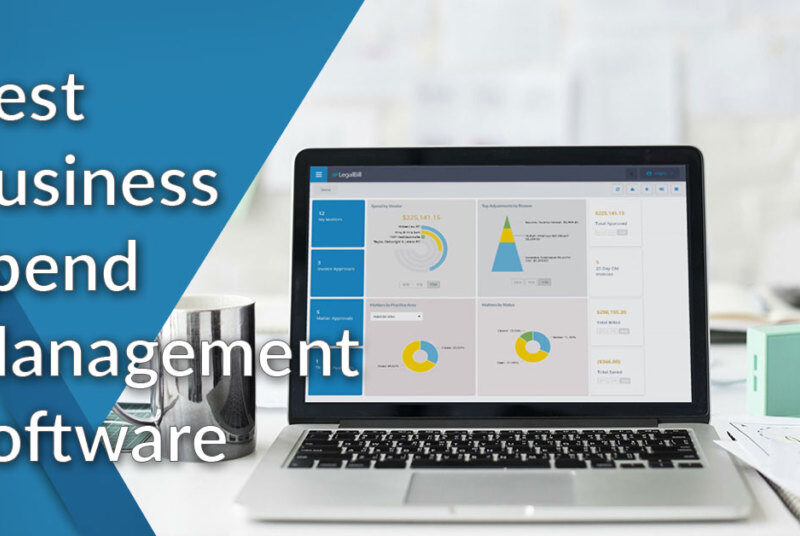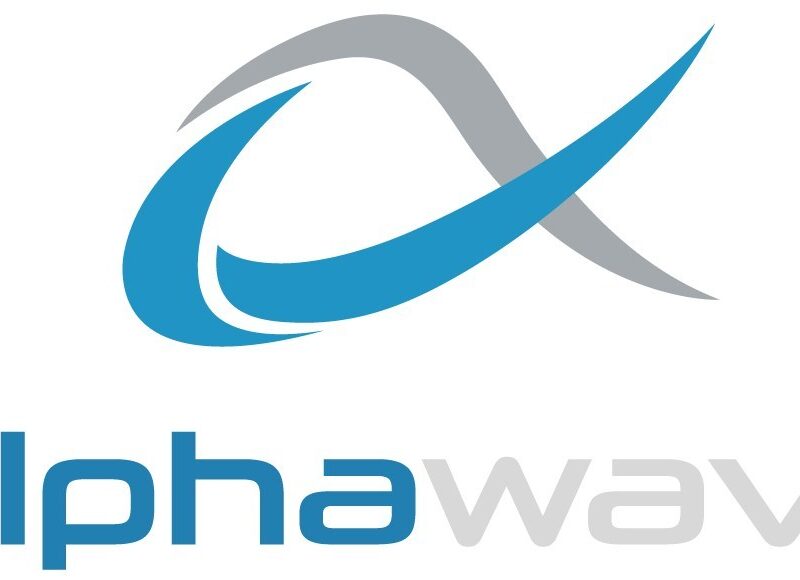Businesses invest in (Human Resource Management) HRM System for various reasons. One of the primary reasons is to streamline and automate many of the time-consuming and manual processes involved in HR management. A good HR recruiting software can help in job posting and applicant tracking, candidate screening, and evaluation scheduling interviews. It helps to send automated emails and reminders, conduct background checks, and issue job offers. It can also assist in creating and managing onboarding tasks, such as new employee paperwork, orientation, training, and setting up benefits and payroll.
Organizations may eliminate errors, save time, and enhance the hiring and onboarding process for both candidates and staff members. Additionally, it can provide valuable data and analytics to help HR professionals identify areas for improvement. Thus, assisting in making more data-driven decisions about their recruiting and onboarding processes.
What is an HRM System?
Any firm may find the process of hiring and onboarding new staff to be time-consuming and costly. However, by implementing a Human Resource Management (HRM) system, organizations can significantly reduce the costs and time associated with recruitment and onboarding.
An HRM system is a software application that helps manage the organization’s human resources, including recruitment, onboarding, training, and employee management. These systems provide an efficient and cost-effective way to streamline the recruitment and onboarding process.
With an HRM system, the recruitment process can be automated, allowing organizations to quickly and easily post job openings on job boards, social media, and other platforms. The system can also track and manage applications, resumes, and candidate information, making it easier for recruiters to identify and reach out to the best candidates.
Moreover, HRM systems can help streamline the onboarding approach by providing a platform for new employees to complete paperwork, view company policies, and complete training modules. This can significantly reduce the time it takes for new employees to get up to speed, allowing them to become productive members of the team more quickly.
Additionally, an HRM system can help organizations manage employee data, track performance, and provide training and development opportunities. This can assist businesses in keeping top employees while also determining the potential development areas.
The Cost-Effective Solution to Recruitment and Onboarding: An HRM System
Human Resource Management (HRM) systems are software solutions that are designed to streamline and automate HR processes. They provide a range of benefits for organizations, including those related to recruiting and onboarding. In this response, we will cover the benefits of using an HRM system for hiring and onboarding in detail.
Efficiency and Time Savings
HRM systems can automate many time-consuming tasks associated with recruiting and onboarding, such as resume screening, applicant tracking, interview scheduling, and background checks. This can free up a lot of time for HR professionals. So, they can concentrate on other crucial responsibilities like interviewing, interacting with candidates and enhancing their experience. By automating these tasks, an HRM system can also help reduce the time-to-hire, which is crucial in today’s competitive job market.
Improved Candidate Experience
HRM systems can improve the candidate experience by providing a streamlined and user-friendly application process. Candidates can easily search and apply for jobs, submit their resumes and other documents, and receive timely updates on the status of their applications. This can help build a positive impression of the organization and increase the likelihood of attracting top talent.
Enhanced Data Analysis
An onboarding software provides a wealth of data and analytics that can help organizations improve their complete hiring process. For example, they can provide insights into the effectiveness of job postings, the success rate of different recruiting channels, and the quality of new hires. By analyzing this data, organizations can make data-driven decisions that improve operations and reduce turnover rates.
Better Collaboration
HRM systems enable better collaboration between different departments involved in the recruiting and onboarding process. Hiring managers, recruiters, and HR professionals can all access the same information and communicate easily through the system. This can help reduce miscommunication and ensure that all stakeholders are on the same page when it comes to the hiring process.
Compliance and Security
HRM systems can help ensure that organizations comply with all relevant regulations related to recruiting and onboarding. They can also help protect sensitive candidate and employee data by providing secure data storage and encryption. This can help minimize the risk of data breaches and ensure that the organization remains in compliance with relevant data protection laws.
Increased Data Accuracy
An HRM system can help ensure that data related to recruiting and onboarding is accurate and up-to-date. This can reduce the risk of errors or inconsistencies. Moreover, it ensures that the organization has access to reliable data for reporting and analysis.
Cost Savings
By automating and streamlining tasks, an HRM system can help reduce the time and resources required to manage the recruiting and onboarding process. This can translate into cost savings for the organization, both in terms of direct expenses such as hiring costs, and indirect costs such as lost productivity.
Conclusion
In conclusion, implementing an HRM system for recruiting and onboarding can bring significant benefits to your organization. It can help streamline these processes, reduce errors, improve communication, and enhance the overall candidate and employee experience. By leveraging the power of technology, you can save time and resources, while also increasing the chances of finding and retaining top talent. So, if you haven’t already, consider adopting an HRM system for your recruiting and onboarding needs and see the positive impact it can have on your business.”



